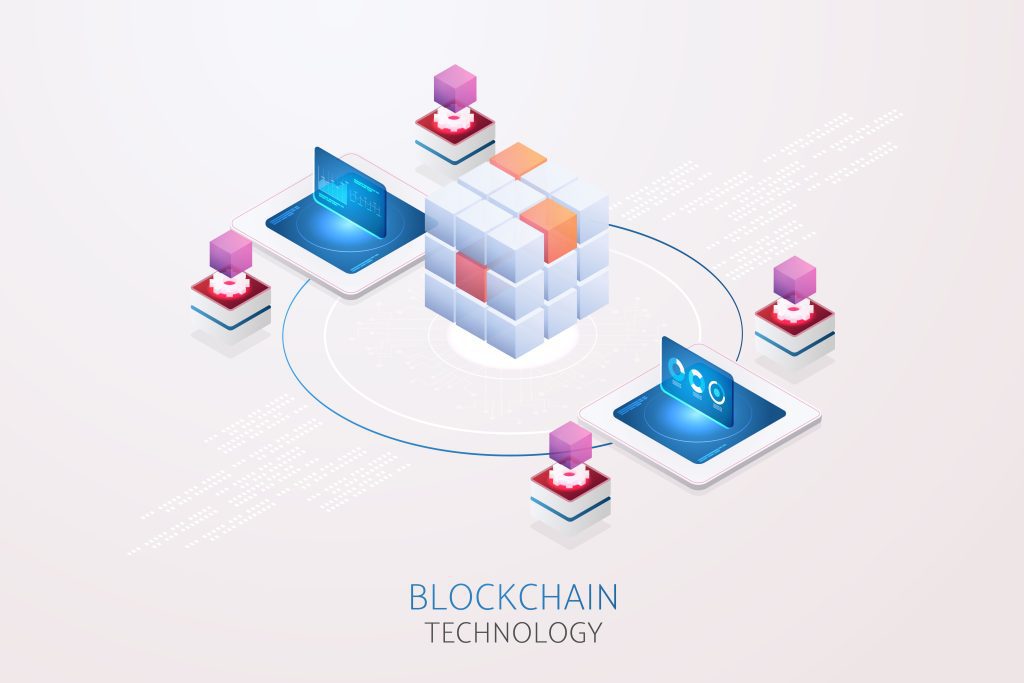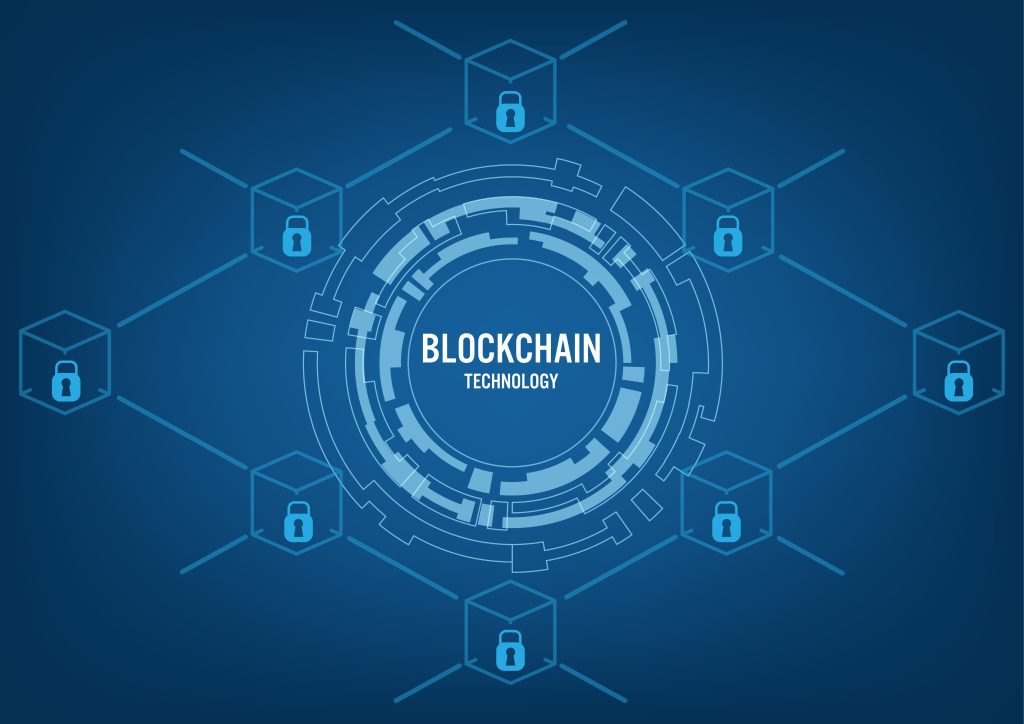As cryptocurrencies and blockchain technology have evolved, so too have the underlying platforms that enable this decentralized revolution. Layer 1 blockchains serve as the foundation for these innovations, powering the next generation of digital assets, decentralized finance (DeFi), and non-fungible tokens (NFTs). By understanding the core principles of a Layer 1 blockchain, you can grasp the importance of these protocols and their role in shaping the future of decentralization that’s what you’ll find in this article.
What is a Layer 1 Blockchain?
A Layer 1 blockchain, also known as the base layer or settlement layer, is the fundamental layer of a blockchain network where all transactions and data get storaged and secured. These blockchains use consensus algorithms, such as Proof of Work (PoW) or Proof of Stake (PoS), to validate and process transactions. Layer 1 blockchains are the backbone of the decentralized ecosystem, providing the foundation upon which all other layers and applications are built.
Some common features of Layer 1 blockchains include:
- Decentralization: By design, Layer 1 blockchains are decentralized, meaning they operate without a central authority. This ensures trust, security, and transparency within the network.
- Immutability: Once data is recorded on a Layer 1 blockchain, it cannot be changed or tampered with. This characteristic is vital for maintaining the integrity of the network.
- Security: Layer 1 blockchains utilize cryptographic techniques and consensus mechanisms to protect against attacks and ensure the security of the network.
- Scalability: As the foundation for all other layers and applications, Layer 1 blockchains must be able to scale effectively to accommodate growing demand and use cases.
Layer 1 vs. Layer 2 Solutions
While Layer 1 blockchains provide the fundamental infrastructure for decentralized applications, they can face challenges when it comes to scalability and transaction throughput. To address these issues, Layer 2 solutions have emerged as a way to enhance the performance and capabilities of Layer 1 blockchains.
Layer 2 solutions are “on top” of Layer 1 blockchains and function as an additional layer that can handle transactions and data off-chain. By doing so, they can increase transaction throughput, reduce fees, and enhance the overall user experience. Some common Layer 2 solutions include:
- State Channels: These allow participants to exchange transactions off-chain, only committing the final state to the Layer 1 blockchain when the are in a closed channel.
- Plasma: Plasma is a framework for building scalable and secure off-chain applications. It uses a series of child chains that have a connection to the main chain, allowing for parallel transaction processing.
- Rollups: Rollups aggregate multiple transactions into a single transaction, which is then submitted to the Layer 1 blockchain. This reduces the amount of data stored on-chain and increases transaction throughput.
So wrapping this section, Layer 1 blockchains serve as the backbone of the decentralized ecosystem, providing the essential infrastructure and security for various applications and use cases. Layer 2 solutions, on the other hand, augment Layer 1 blockchains by enhancing their performance and capabilities, ultimately paving the way for a more scalable and efficient decentralized future.
How Layer 1 Blockchain Networks are Building the Future of Decentralization


Layer 1 blockchain networks are playing a crucial role in building the future of decentralization by enabling a wide range of innovative applications and use cases. These networks provide the foundation for decentralized finance (DeFi), non-fungible tokens (NFTs), and various other blockchain-based services, allowing for the creation of new digital economies that are free from centralized control.
By offering a secure, transparent, and decentralized infrastructure, Layer 1 blockchains empower developers to build applications that can operate without the need for intermediaries or central authorities. This enables a more equitable distribution of resources and opportunities, fostering innovation and democratizing access to financial services, digital assets, and other resources.
As more industries and sectors embrace decentralization, Layer 1 blockchains will continue to serve as the foundation for this new paradigm, helping to create a more open, inclusive, and decentralized world.
Most Popular Layer 1 Blockchain Projects
As the market for Layer 1 blockchain projects continues to grow, here are some top Layer 1 blockchains that have garnered significant attention:
1. Bitcoin (BTC)
Bitcoin is the original Layer 1 blockchain, and it remains the most recognized and valued cryptocurrency. Its Proof of Work consensus algorithm has proven to be secure and resilient, even though it’s criticized for its energy consumption.
2. Ethereum (ETH)
Ethereum is another prominent Layer 1 blockchain that supports smart contracts and decentralized applications (dApps).
3. Solana (SOL)
Solana is a high-performance Layer 1 blockchain that uses the Proof of History (PoH) consensus algorithm. With its blazing-fast transaction speeds and low fees, Solana has attracted numerous developers and projects.
4. Cardano (ADA)
Cardano is a PoS Layer 1 blockchain that focuses on sustainability, scalability, and security. Its unique approach to consensus, known as Ouroboros, has positioned Cardano as a top contender in the Layer 1 space.
New Layer 1 Blockchain Projects to Watch
Several new Layer 1 blockchain projects are gaining traction and showing potential for disrupting the space:
1. Avalanche (AVAX)
Avalanche is a Layer 1 blockchain with a focus on speed, scalability, and security. Its innovative consensus protocol, known as Avalanche Consensus, allows for rapid transaction finalization and high throughput.
2. Polkadot (DOT)
Polkadot is a Layer 1 blockchain that aims to facilitate cross-chain communication and interoperability between different blockchains. Its unique architecture, which includes a central Relay Chain and multiple parachains, enables seamless transfers of assets and data across various blockchain networks.
3. Algorand (ALGO)
Algorand is a Layer 1 blockchain that uses a Pure Proof of Stake (PPoS) consensus algorithm, allowing for fast and secure transactions. Its focus on decentralization, scalability, and transparency has attracted a growing number of developers and projects.
The Importance of Layer 1 Blockchain Protocols


Layer 1 blockchain protocols are essential components of the decentralized ecosystem, as they define the rules and operations of their respective networks. These protocols ensure the security, stability, and functionality of the blockchain, making them critical for the success and growth of the decentralized economy.
Lets highlight the importance of Layer 1 blockchain’s protocols through the following aspects:
- Consensus Mechanisms: Layer 1 protocols define the consensus mechanisms used by the network, such as Proof of Work (PoW) or Proof of Stake (PoS). These mechanisms are responsible for validating transactions and maintaining the security and integrity of the network.
- Interoperability: As the number of blockchain networks and applications grows, the ability to communicate and interact across different platforms becomes increasingly important. Layer 1 protocols enable interoperability by establishing the standards and protocols for cross-chain communication and transactions.
- Governance: Layer 1 protocols also define the governance models for their respective networks. These models determine how decisions are made within the network and how upgrades or changes to the protocol are implemented.
- Tokenomics: The design and structure of a blockchain’s native token are determined by the Layer 1 protocol. Tokenomics plays a crucial role in incentivizing network participants and ensuring the long-term sustainability and success of the platform.
We can say that Layer 1 blockchain protocols are critical components of the decentralized ecosystem, as they define the rules and operations of their respective networks. These protocols ensure the security, stability, and functionality of the blockchain, making them essential for the continued growth and success of the decentralized economy.
Key Takeaways
In this article, we have delved into the world of Layer 1 blockchains and their importance in the decentralized ecosystem. Here are the key takeaways to remember:
- Layer 1 blockchains serve as the underlying infrastructure for decentralized applications, providing the foundation for innovation and development in the decentralized space.
- These blockchains offer a secure, transparent, and decentralized infrastructure, empowering developers to build applications that can operate without intermediaries or central authorities.
- Layer 1 blockchains protocols define the rules and operations of their respective networks, ensuring the security, stability, and functionality of the blockchain. They also play a critical role in the consensus mechanisms, interoperability, governance, and tokenomics of their respective platforms.
- Layer 1 blockchains are paving the way for a more open, inclusive, and decentralized world by enabling new digital economies, decentralized finance (DeFi), non-fungible tokens (NFTs), and other innovative blockchain-based services.
- The continued growth and success of the decentralized ecosystem rely heavily on the development and adoption of Layer 1 blockchain networks and their protocols.
As the decentralized ecosystem continues to grow and evolve, Layer 1 blockchains will remain at the forefront, driving innovation and fostering a more equitable distribution of resources and opportunities.









